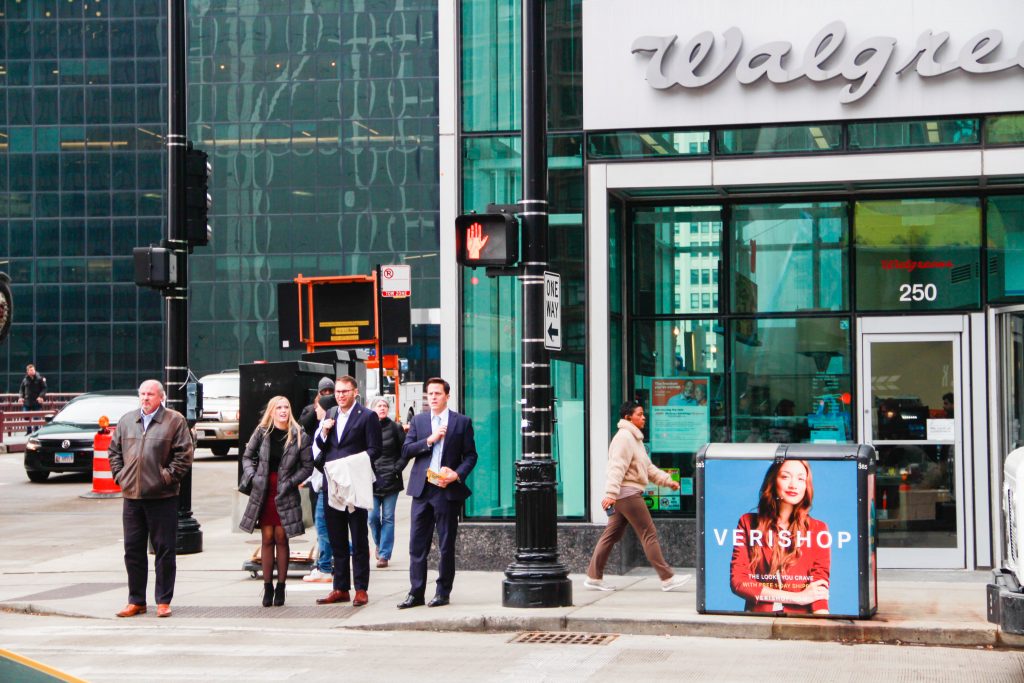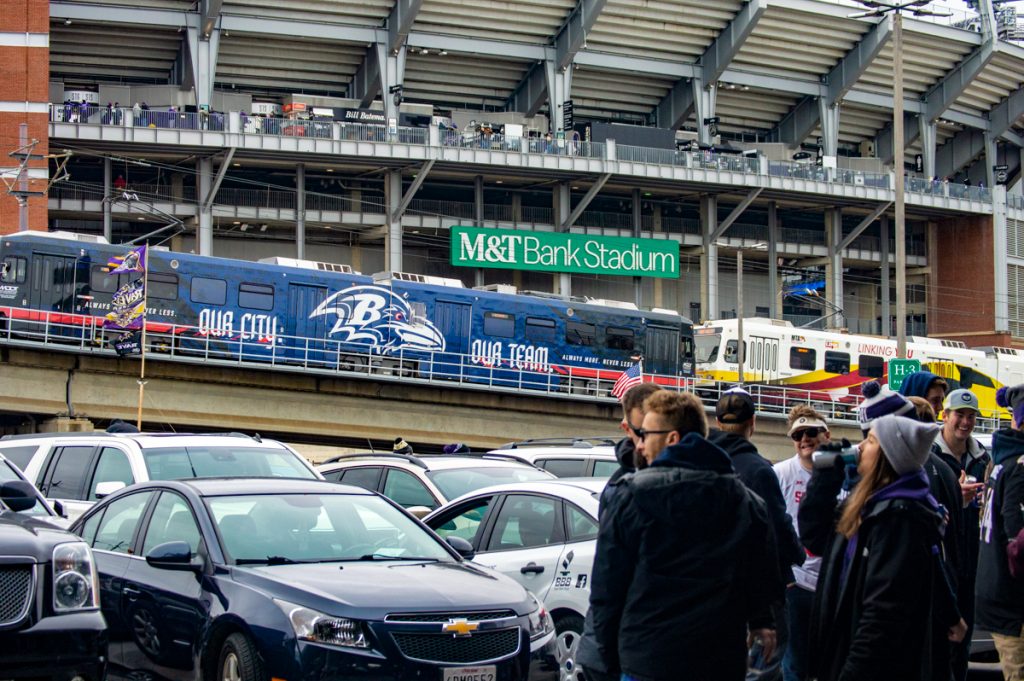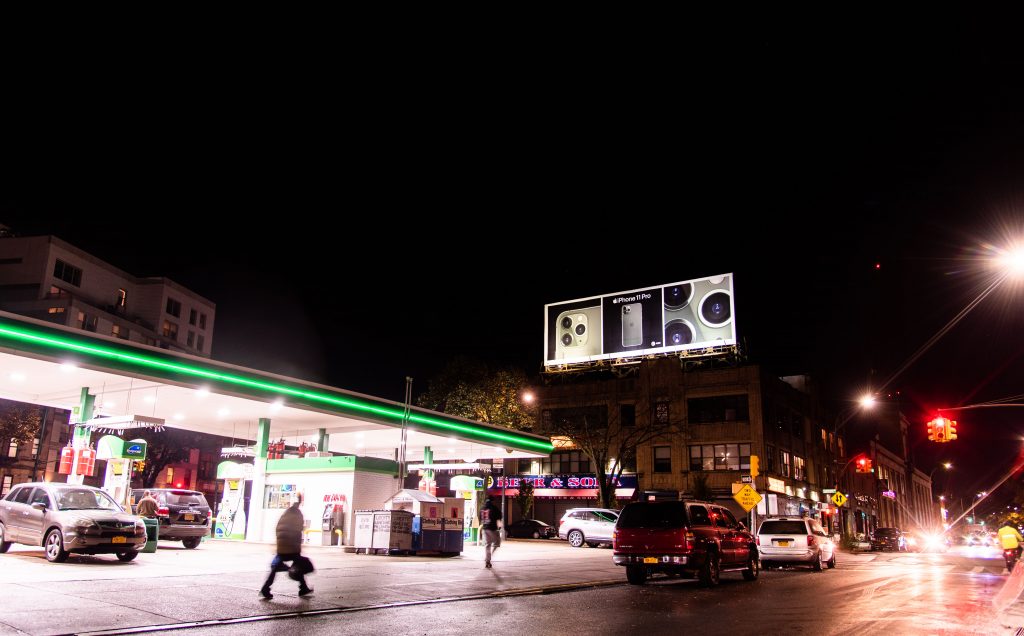OOH Advertising 101: Balancing Reach vs. Frequency
Reach and Frequency are the granddaddy of all metrics in the world of advertising, and are particularly important for planning and measuring Out-of-Home advertising campaigns. Perhaps our most asked question(s) from clients are, “How do I set Reach and Frequency goals for my campaign? Should I maximize one over the other? And what’s the baseline?” So we’re here to help you answer those questions. It may feel a little bit 101, but for the sake of clarity, let’s start with the key definitions, taken from the industry’s measurement partner, Geopath:
- Reach: The percentage of unique persons in a particular market exposed at least once to an OOH unit(s) over a specific period of time.
- Frequency: The average number of times that an individual reached is exposed to the OOH unit(s) in a specific period of time.
- Effective Reach: The number or percentage of a target audience that is exposed to an OOH unit(s) at a set level of frequency. In the OOH world, a common effective frequency is 3+, meaning that the effective reach shows the percentage of people who have been exposed at least 3 times.
- Frequency (Transit): The quantity of service on a route, usually described in terms of the number of buses per hour or the elapsed time between consecutive buses. The latter measure is also called the headway. The term high frequency denotes many buses per hour, or small headways.
THE PUSH/PULL OF REACH VS. FREQUENCY
Naturally, reach and frequency have an opposing pull. For any Out-of-Home campaign, it becomes key to balance the two. It’s easy to stare at potential reach and over-emphasize this number. I mean, who doesn’t want to reach more people with their brand message? Which leads us to rule #1 …
Reach without Frequency = Wasted Money
The philosophy is quite simple. A message that reaches a consumer once is too easily ignored or forgotten, particularly in our ultra-busy 2020 lives. In order to make a lasting impression, and win some percentage of mindshare with your consumer, some threshold of frequency must be met. That’s exactly why the metric Effective Reach exists. Effective Reach measures the audience size of users who are exposed to a baseline level of frequency. A common OOH benchmark is a frequency of 3+. One advantage we have here at Vector is our specialty in transit advertising. With these high impact, advert-on-wheels formats, we are able to balance reach and frequency to achieve an optimal effective reach, outperforming other major street level out of home media.
We all agree we need to set a baseline frequency to capture mindshare and maximize our campaigns. But how do we decide what that number should be? Like almost everything in the advertising world, the answer is a moving target. 50% Art. 50% Science. But there are some common rules to follow when deciding how to balance maximizing reach vs. maximizing frequency.
WHEN TO MAXIMIZE REACH
Quite simply, maximizing reach is most often effective when introducing something new. Such as a product or service that is being introduced to an audience for the first time, like Direct-to-Consumer brands . Often times, this could be a new product or line of products within an established industry. Or better yet, a product in a new, emerging market
Second, sales and seasonality for an established brand. If your brand is already quite known by your consumer base (whether it be nationally or locally), then you may want to focus on maximizing reach for specific promotions. Such as a seasonal saleor an upcoming event.
Finally, if competition is low. The stiffer the competition, the more important a high frequency becomes. If your brand resides in an unchallenged space, you can get away with a lower frequency, allowing you to maximize reach.
WHEN TO MAXIMIZE FREQUENCY
There are a number of situations when maximizing frequency becomes key. First of all, brands looking to establish a name locally or nationally. As previously mentioned, it’s going to take a number of repetitive impressions for consumers to start remembering and understanding a brand that is new to them. Such as a new restaurant in a local market or a service that is used infrequently.
Second, when trust is a key hurdle to overcome. Prime examples would be something like a mortgage provider, a high-price luxury car, or a service that takes place within the home. Consumers are going to lean on a brand that they trust, and earning trust takes time. A high level of frequency, and a message that is impactful is necessary to start building that trust.
Finally, when competition is tough. Markets that are highly saturated require a higher level of frequency to rise above the noise. In these instances, brands should sacrifice reach to ensure that their message is received by consumers over and over.
NOT ALL IMPRESSIONS ARE EQUAL
Every campaign strategy is unique, as is every creative execution. The truth is, not all impressions are created equal. Important factors such as the trips, routes, bus stops, size of the ad, pedestrian & vehicular traffic and dwell time all differentiate impressions between OOH formats. A highway billboard crowded by many other billboards simply does not have the same impact as a fully-wrapped double-decker bus. The benchmarks above are a great place to start, but the creative impact of your story tips the scales. Which is why here at Vector, we have some of the most unique high-impact placements in the game. We’d love to show you. Your story starts here.


